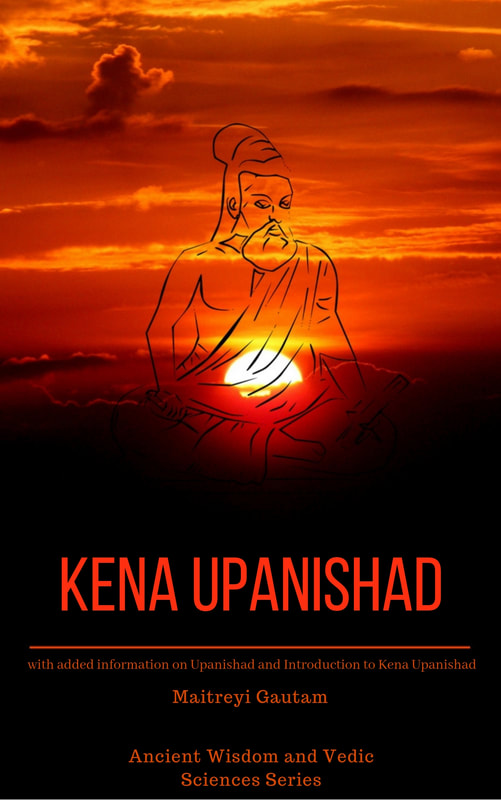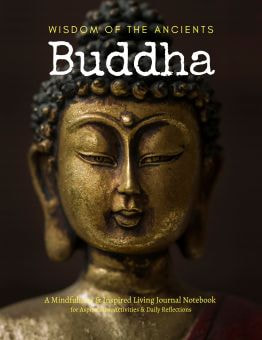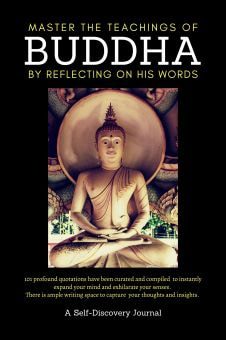| Vamachara, a captivating concept originating from Vedic Tantra, is often referred to as the "Left-hand Path." It symbolizes a collection of spiritual practices that might be seen as unusual or controversial by some. The term "Vamachara" is derived from two Sanskrit words: "Vama," meaning "left," and "Achara," which means "conduct" or "path." Within the Hindu Tantra tradition, spiritual practices are typically categorized into two groups: the "right-hand path" (Dakshinachara) and the "left-hand path" (Vamachara). | |
The right-hand path is considered more traditional, with practitioners adhering to established religious and societal norms.
On the contrary, the left-hand path embodies a more unorthodox approach, as practitioners may participate in activities that could be deemed taboo or even forbidden in mainstream society.
The purpose of Vamachara practices is to assist individuals in transcending conventional morality and limitations, ultimately guiding them towards spiritual liberation or self-realization. By confronting and embracing what is conventionally "forbidden," practitioners aim to break free from societal constraints and develop a deeper comprehension of themselves and the universe.
Thus, Vamachara is not so much about engaging in immoral acts, but rather it is about utilizing these acts as a means of achieving spiritual growth.
On the contrary, the left-hand path embodies a more unorthodox approach, as practitioners may participate in activities that could be deemed taboo or even forbidden in mainstream society.
The purpose of Vamachara practices is to assist individuals in transcending conventional morality and limitations, ultimately guiding them towards spiritual liberation or self-realization. By confronting and embracing what is conventionally "forbidden," practitioners aim to break free from societal constraints and develop a deeper comprehension of themselves and the universe.
Thus, Vamachara is not so much about engaging in immoral acts, but rather it is about utilizing these acts as a means of achieving spiritual growth.
Vamachara practices can include the consumption of alcohol, meat, fish, and participation in sexual rituals. These rituals often involve a male practitioner, called a Sadhaka, and a female partner, known as the Shakti.
The intention of these rituals is to symbolize the union of divine male and female energies (Shiva and Shakti) to bring about spiritual transformation.
It is crucial to mention that Vamachara is not suitable for everyone and is often misinterpreted in modern texts and mass media. Critics argue that such practices can result in hedonism, exploitation, and the deterioration of spiritual values.
However, many practitioners and scholars contend that when performed with the appropriate intention and under proper guidance, Vamachara can serve as a powerful and transformative spiritual path.
In summary, Vamachara is an intriguing aspect of Vedic Tantric tradition that questions conventional norms and promotes spiritual growth through unconventional methods. Although it may not be the right path for everyone, it offers an interesting perspective on self-discovery and spiritual liberation.
The intention of these rituals is to symbolize the union of divine male and female energies (Shiva and Shakti) to bring about spiritual transformation.
It is crucial to mention that Vamachara is not suitable for everyone and is often misinterpreted in modern texts and mass media. Critics argue that such practices can result in hedonism, exploitation, and the deterioration of spiritual values.
However, many practitioners and scholars contend that when performed with the appropriate intention and under proper guidance, Vamachara can serve as a powerful and transformative spiritual path.
In summary, Vamachara is an intriguing aspect of Vedic Tantric tradition that questions conventional norms and promotes spiritual growth through unconventional methods. Although it may not be the right path for everyone, it offers an interesting perspective on self-discovery and spiritual liberation.























